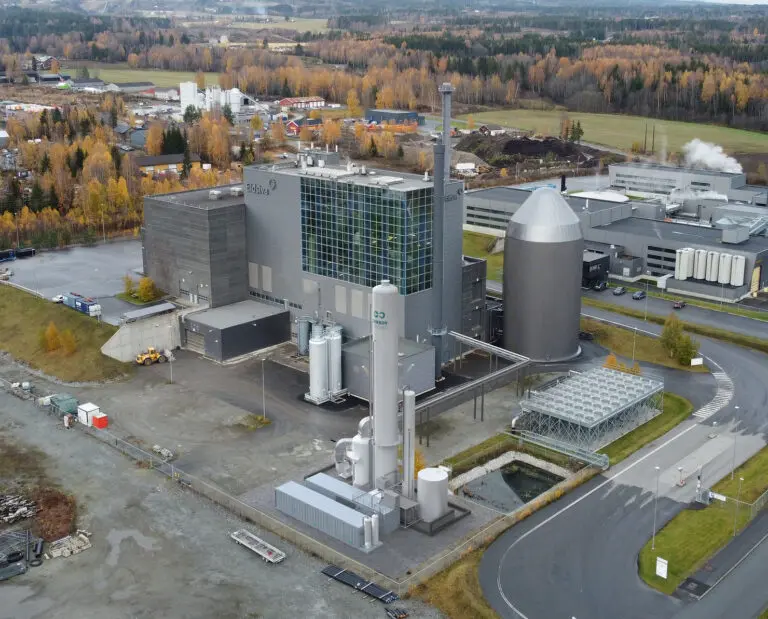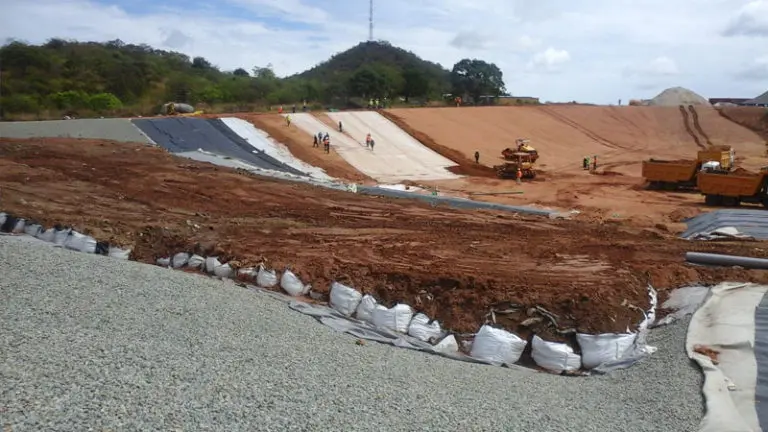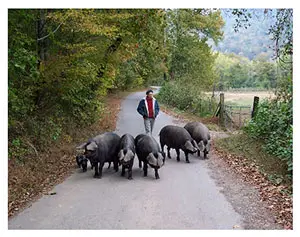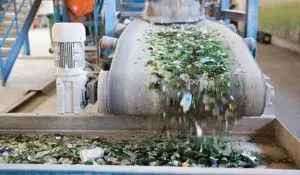The borough of Southwark is a real cultural melting pot within hailing distance of central London. It is also a place that has revolutionized its approach to waste management. The local council’s political will has paid dividends.
Southwark is now home to a highly innovative new facility providing exclusive services to residents.
By Paul Sanderson
Old Kent Road is just over three kilometers long and is a stone’s throw from the River Thames and the skyscrapers of central London. It continues to write new pages for the history books, such as the chapter begun recently by Veolia and the borough of Southwark, which spans 29 square kilometers and is home to 288,700 people: the opening of a new Integrated Waste Management Facility in January 2012 has changed the way local residents think about the waste they produce.
Political will
Like other London councils, Southwark became aware of the pressing need to treat waste in situ, with people increasingly seeking alternatives to landfill solutions, which involved waste being collected and sent by truck to landfills in semi-urban and rural areas on the outskirts of London.
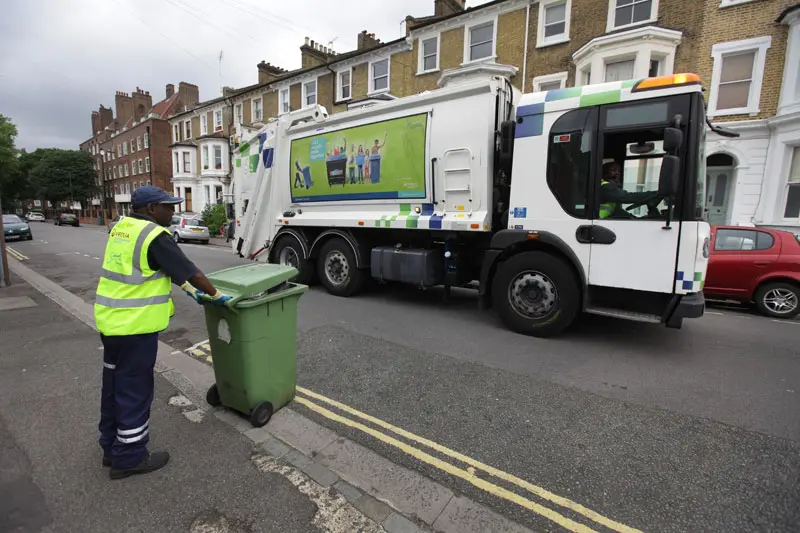
The council’s main incentives to adopt a new strategy included low recycling rates, high growth in the amount of waste produced, limited space and increased costs for landfill.
That led to a campaign to make it easier for local residents to recycle and invest in sorting in a bid to boost recycling rates and reduce the amount of waste produced.
Hence the decision to build a new facility to deal with Southwark’s waste in a way that minimizes the impact on the environment while revitalizing the local economy and supporting local communities.
Recycling far and wide
Annie Baker is waste and transport manager for Southwark Council. Prior to the opening of the facility, she was based at the council’s Manor Place facility within the borough.
“The council was at the site for 100 years or more. It wasn’t fit for purpose anymore as it was very small with a railway line running through it. […] It wasn’t suitable for recycling. When we moved our operation to the Integrated Waste Management Facility, it was a big change for the better.”
Indeed, part of this change has been for Annie to be based at the Old Kent Road site, alongside colleagues from Veolia. She ensures the council and its contractor work in partnership on operational issues such as collection. Veolia is tasked with a sizable challenge: to improve the recycling rate of Southwark by making it easier for residents to recycle.
“Southwark has the largest number of council-owned housing properties in London and is the third-largest landlord in the whole of the country. This makes it difficult to ensure that recycling is easy for everybody.”
Councillor Barrie Hargrove, The London Borough of Southwark cabinet member for Transport, Environment and Recycling
Weighty words, punchy photos
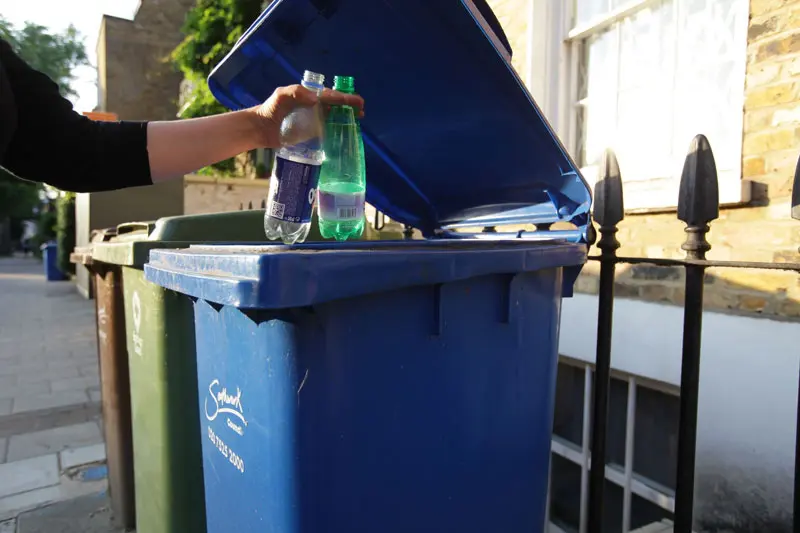
It is believed that more than 300 different languages are spoken in London, so simple communications are vital to get the message across. Like many London boroughs, Southwark’s population has huge differences in wealth. This means a wide range of housing stock is linked together, from large houses, to smaller terraced houses, to houses converted into apartments.
Veolia has worked with Southwark to introduce a variety of collection systems to suit the needs of the properties.


